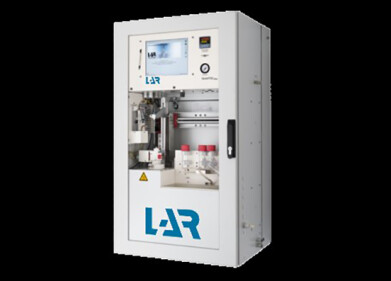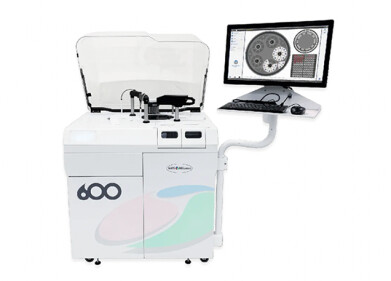Wastewater Analysis
Why Is Wastewater Tested for COVID-19?
Oct 04 2021
Testing for COVID-19 has become, for countless people across the UK and beyond, a regular occurrence. Those employed in sensitive industries such as healthcare and education are obliged to use home testing kits twice a week (if not more frequently), while the general populace at large is also being encouraged to do the same as the government strives to gain a better picture of how effective its methods of controlling the spread of the disease are in reality.
While individual diagnostics are crucial to for identifying those who suffer from the disease, they are not wholly reliable as a comprehensive overview of the total number of infected people. That’s because many people refuse to take the test altogether, while others will only do so once they contract symptoms. What’s more, lateral flow tests have been known to return inaccurate results, further skewing the data in a misleading direction. For those reasons, testing wastewater is a powerful tool for quantifying the prevalence of COVID-19 in a general population.
What is wastewater surveillance?
Testing wastewater for the presence of bacteria, viruses or other contaminants of interest is known as “wastewater surveillance”. This practice is not a new one; in fact, it has used to determine whether or not a certain section of society is suffering from particular illnesses for decades. Some notable examples of when it has been used effectively include the near-eradication of polio, as well as the containment of the highly infectious norovirus.
In layman’s terms, this technique simply involves analysing samples of wastewater taken from a particular community’s sewage system to ascertain whether the DNA of the virus in question is present in any form. With regard to the coronavirus, it has been discovered that RNA is capable of surviving in the faecal matter of humans and, unlike the aforementioned norovirus, it is not contagious in this form. This means that researchers can detect whether a community has been infected with the disease and, judging by the concentration of the RNA, to what extent.
What are the advantages of testing wastewater for COVID-19?
Of course, wastewater surveillance is useless for identifying individual cases of COVID-19. Neither can it give an exact prediction of how many people have been infected. What it can do, however, is allow the relevant authorities to quickly and affordably view whether or not the disease is present in a certain community. This is because unlike a lateral flow or PCR test, everyone living in that community must submit a sample whenever they use the toilet. This is sample collecting in a non-invasive way.
What’s more, it’s also a non-discriminatory technique for detecting the presence of the coronavirus. By leveraging its power, the authorities can predict when an outbreak is likely to occur, perhaps even before the individuals in question have even begun to experience symptoms of the disease. This gives them the opportunity to take pre-emptive action to curb its spread. Although current forms of wastewater surveillance are not perfect, technological advances are being made all the time. The upcoming talk Paper-based device for rapid and on-site wastewater surveillance will discuss one such innovation later this month, so interested parties are advised to sign up online.
Digital Edition
AET 28.4 Oct/Nov 2024
November 2024
Gas Detection - Go from lagging to leading: why investment in gas detection makes sense Air Monitoring - Swirl and vortex meters will aid green hydrogen production - Beyond the Stack: Emi...
View all digital editions
Events
Jan 12 2025 Abu Dhabi, UAE
Jan 14 2025 Abu Dhabi, UAE
Jan 20 2025 San Diego, CA, USA
Carrefour des Gestions Locales de L'eau
Jan 22 2025 Rennes, France
Safety, Health & Wellbeing LIVE
Jan 22 2025 Manchester, UK



















